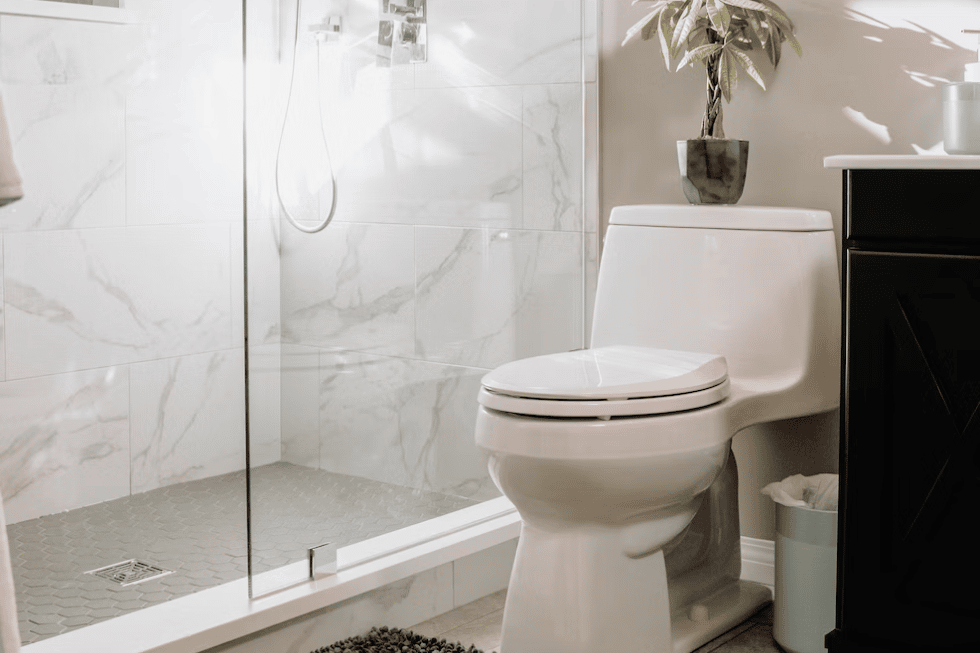
A constantly running toilet means that you could be wasting litres and litres of water every day, significantly increasing your water bill. Over the last 80+ years, the basics of how a toilet works haven’t changed a lot. Therefore, there should be no surprise that from time to time we have to deal with minor flush problems. Occasionally the flush might not be powerful enough or the toilet just continues to run and then the bowl doesn’t refill.
However, we have some good news! Your toilet issue is most likely minor and can be resolved using these 3 simple steps. If this doesn’t fix your flushing issue you may require a 4th step which may not be as simple as the earlier 3. Here is a guide to what to do if your toilet won’t stop running:
Step 1: Check the Fill Tube
If you are experiencing a toilet overflow tube problem, firstly remove the tank lid and locate the fill tube. It will be a small flexible tube that runs from the fill valve to the toilet overflow tube. While the tank is being refilled, water runs down the toilet overflow tube to refill the bowl after the completed flush. If there is an issue with the tube, it won’t be able to fill the bowl and therefore your next flush will not be strong enough.
Step 2: Adjust the Fill Height
The water level in your toilet is controlled by the adjustable float. If your float is set too low, it will produce a weak flush. If it is set too high, water will spill into the toilet overflow tube and the toilet won’t stop flowing. To understand why your toilet won’t flush, look for the water fill mark on the tank and mark it on the overflow tube. If you are unable to find the mark, measure approximately 1 inch down the overflow tube and make a mark.
Then flush the toilet to see if the water reaches the mark. If it stops prior to the mark or keeps running, you will need to adjust the float up or down. Depending on the age of the toilet you may need to screw or slide a clip along the rod. Flush the toilet after the adjustment. Keep adjusting until the water shuts off at the correct level.
Step 3: Adjust Flush Handle/ Flapper Chain
If your chain is too short or tangled it won’t allow the flapper to close and water will continue to leak into your toilet bowl. Therefore, the fill valve will cycle on and off to refill the tank. A chain that is too long or a flush rod that hits the tank lid won’t open wide enough for the full flush. Your toilet will require you to hold the lever for a full flush.
To ensure that your water bowl doesn’t end up with low water, adjust the linkage in the chain to leave a small amount of slack. Cutting the chain to only allow 1 inch will reduce the likelihood of the chain becoming tangled.
Step 4: Replace the Flapper
If you have completed the first 3 steps and your toilet is still running, you may need to replace the flapper in your toilet. Firstly, turn off the water, remove the old flapper and take it to your local hardware store. Whilst this seems like an easy fix, finding the exact flapper for your toilet may prove to be a little more difficult. However, many hardware shops will sell a universal flapper. Install the new flapper and make sure it opens and closes freely.
Would you prefer a professional to have a look? Contact us today!